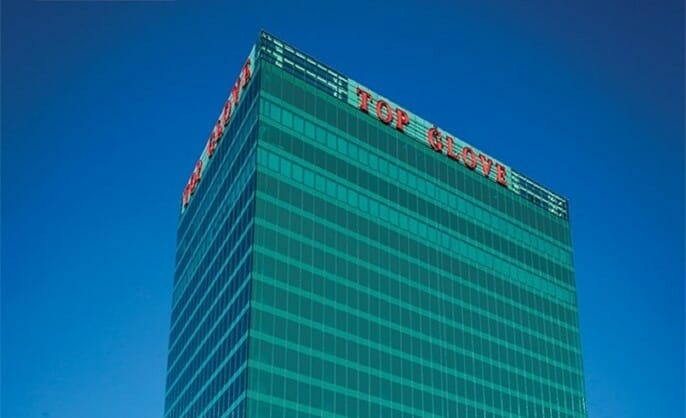The current rally may not be sustainable, while Covid cases may surge with the re-opening of China’s borders, this may not lead to significant improvement in earnings for glove makers due to their plant utilisation rate which may stay low at the current <50%. Any increase in orders could be easily absorbed.
Maybank IB maintains a NEGATIVE stance on the glove sector and the view that the recent rally in glove stocks will not sustain. Stock prices will eventually converge to fundamentals. Covid-19 impact could be overplayed Sentiment on glove stocks has turned positive lately in anticipation of surging Covid cases with the re-opening of China borders. Nevertheless, the rally may not sustain as the re-opening may not result in an upsurge in Covid cases (and hence, the demand for gloves) as: i) herd immunity and the growing list of countries imposing Covid rules on Chinese arrivals may help to curb the spread of Covid cases, ii) there is the availability of vaccine boosters, iii) end users like government hospitals’ gloves inventory remain high and can last another 5-6 months, and most importantly, iv) any increase in glove demand should be well absorbed as the industry has the excess capacity with a low plant utilisation rate of <50%.
Checks with glove makers revealed that there has been no notable increase in orders yet. The reservations on sector recovery in 2024 Major Malaysian glove players expect demand (DD) and supply (SS) to rebalance by end-2023 after restocking activities resume in June 2023, to be followed by the normalization of glove demand in 2024. The research house, however, has its reservations (especially after the influx of Chinese glove makers) as the DD-SS projection by the local glove makers is predicated on the existing supply situation before factoring in the resumption of/any potential capacity expansion.
Clear that the glove makers are losing their dominant position; Despite being the largest glove maker in the world, TOPG’s inability to raise its ASP by 5% in 4Q22 gives a negative signal – TOPG and Malaysia’s glove manufacturing sector as a whole appear to be losing their historical dominant position to China’s glove makers. Maybank believes strong balance sheets and cost efficiency are important factors that will help the glove makers to weather the downturn and provide some financial cushion amid a prolonged sector downturn. Among the glove makers under coverage, HART has the strongest balance sheet with 52 sen/sh net cash, followed by KRI (47 sen) and TOPG (0.04 sen).









